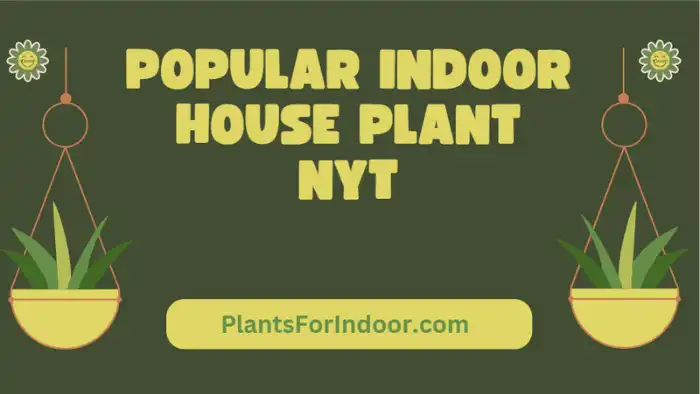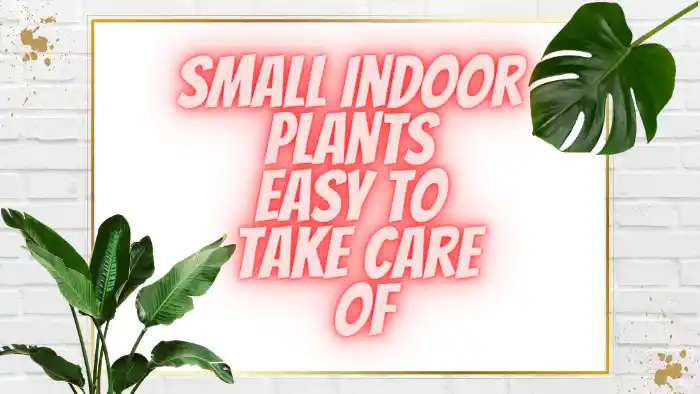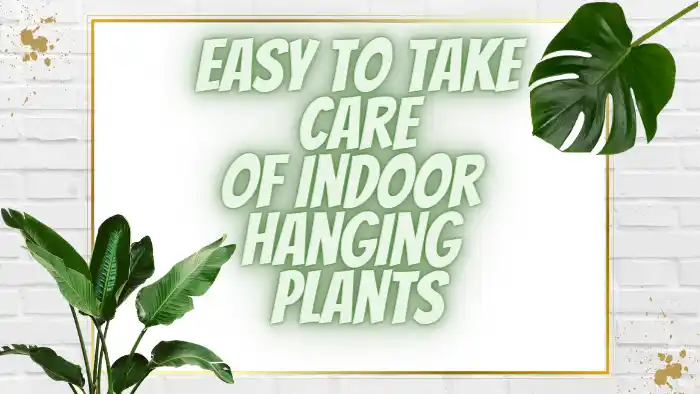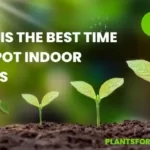In today’s fast-paced world, where urban spaces are expanding and green areas are shrinking, the popularity of indoor house plants is on the rise.
| Indoor House Plant | Description |
| Snake Plant | Also known as sansevieria, the snake plant is a popular indoor houseplant. It is known for its ability to thrive in less-than-ideal indoor conditions, especially low light. The Snake Plant is considered nearly “unkillable” and is a low-maintenance choice for both beginners and experienced plant enthusiasts. Avoid overwatering it to ensure its longevity. |
Pros and Cons:
Pros of Popular Indoor House Plant Nyt:
- Indoor house plants like the Nyt species can enhance the aesthetics of your home, providing a fresh and natural touch to your interior décor.
- They help in purifying indoor air by filtering out harmful toxins present in the surroundings, promoting overall well-being.
- Caring for houseplants such as Nyt can be therapeutic and stress-relieving for many people, improving their mental health.
- Most indoor house plants require minimum sunlight, which makes them perfect for apartments or houses with limited natural light access.
- Plants like NYT are usually low-maintenance, requiring infrequent watering and minimal attention.
Cons of the Popular Indoor House Plant Nyt:
- Overwatering or under-watering might cause these plants to wilt or even die; hence, they need proper attention regarding their watering schedule.
- Depending on the type of plant, it may attract pests, such as bugs or fungi, that could affect other houseplants or become a nuisance in your home environment.
- If you have allergies, some indoor houseplants may trigger allergic reactions through pollen, mold growth on damp soil, or dust gathered on leaves over time.
- Despite being marketed as low-maintenance plants, they still require a certain level of care, including the right temperature conditions and pruning when necessary, which might not suit everyone’s routine or lifestyle.
Choosing the Right Indoor House Plants
Considering Light Conditions
Different plants have varying light requirements. When selecting indoor plants, consider the amount of natural light your space receives.
Low-light plants like the Snake Plant and ZZ Plant thrive in areas with minimal sunlight, making them perfect for dimly lit rooms. On the other hand, succulents and cacti prefer bright, indirect light.
Maintenance and Care
Before bringing home a new plant, it’s essential to understand its care needs. Some plants demand regular watering and a humid environment, while others prefer drier conditions.
Research the specific requirements of your chosen plants to ensure they receive the proper care and attention.
Caring for Your Indoor House Plants
Watering
Overwatering is a typical error that can hurt your plants.Allow the top inch of soil to dry out before watering, and ensure proper drainage to prevent root rot.
Pruning and Maintenance
Regularly prune dead leaves and spent flowers to encourage new growth. Additionally, wiping down leaves with a damp cloth can prevent dust buildup, allowing the plant to breathe and absorb light more effectively.
Trending Indoor Plant Décor Ideas
Indoor plants not only add a splash of greenery to your space but also purify the air, making your home feel fresher and more inviting. Here are some trendy ideas for decorating with indoor plants:
- Succulent Arrangements: Succulents like Echeveria, Lace Aloe, and Zebra Haworthia are popular for their minimal water needs and diverse shapes. They make perfect tabletop or shelf decorations.
- Hanging Plants/Vines: For a more dynamic look, consider hanging plants such as pothos, monstera, or philodendron. These plants have trailing vines that can add a beautiful cascade of greenery to shelves or ceiling hooks.
- Terrariums: Small glass terrariums filled with a variety of tiny plants create a miniature garden scene and can be a fascinating focal point on a desk or coffee table.
- Vertical Gardens: If you’re short on floor space, a vertical garden wall can be a stunning way to incorporate greenery. This can be achieved with modular planting systems or by creatively using wall-mounted planters.
- Herb Gardens: For kitchen decor, consider a small indoor herb garden. Not only does it look and smell great, but it’s also practical for cooking.
Where to Buy Indoor House Plants?
- Local Nurseries and Garden Centers: These spots often offer a wide variety of plants along with expert advice on how to care for them.
- Online Plant Stores: Many online retailers specialize in indoor plants and deliver them safely to your door. Look for stores with good reviews for healthy plants and customer service.
- Home Improvement Stores: Chains like Home Depot and Lowe’s typically have a garden section with a selection of indoor plants.
- Farmers Markets: Local farmers markets can be an excellent source for finding unique or locally grown plants.
- Specialty Boutiques: Some cities have boutique plant shops focusing on indoor plants and trendy decor ideas.
Remember to consider the specific care needs of any plant before buying, ensuring it’s suitable for your home environment.
Sources:
Conclusion
Bringing the outdoors inside with popular indoor house plants is a rewarding experience that offers aesthetic, health, and psychological benefits.
Whether you’re a seasoned plant enthusiast or a beginner, there’s a wide range of plant options to choose from, each with its own unique charm and characteristics.
So go ahead, select the perfect indoor plants for your space, and enjoy the tranquility and vibrancy they bring to your home.
Frequently Asked Questions
Can indoor plants survive in low-light conditions?
Yes, many indoor plants, such as the Snake Plant and ZZ Plant, can thrive in low-light environments, making them suitable for spaces with minimal sunlight.
How often should I water my indoor plants?
The frequency of watering depends on the type of plant and its specific care requirements. It’s generally better to allow the soil to partially dry out between waterings to prevent overwatering.
Are indoor plants pet-friendly?
While numerous indoor plants are okay for pets, some can be poisonous if ingested. It’s advisable to research the toxicity of plants before introducing them to a household with pets.
Can I place indoor plants in my bedroom?
Yes, placing indoor plants in your bedroom can enhance air quality and create a calming atmosphere. However, choose plants that release oxygen at night, such as the Snake Plant.
How do I propagate my indoor plants?
Propagation methods vary depending on the plant type. Some plants, like the Spider Plant, produce “pups” that can be separated and potted individually, while others can be propagated through stem cuttings or leaf divisions.
What are the best low-maintenance indoor house plants?
Snake plants, pothos, and spider plants are great options for easy-care indoor plants.
How often should I water my indoor house plants?
The frequency of watering varies by plant type, but a general rule is to check the soil moisture before watering.
Can indoor house plants thrive in low-light conditions?
Yes, there are several plants like peace lilies and ZZ plants that can thrive in low-light environments.
What are some pet-friendly indoor house plants?
Spider plants, air plants, and Boston ferns are safe options for homes with pets.
How do I prevent common pests from infesting my indoor house plants?
Regularly inspecting your plants, maintaining good airflow, and using neem oil can help prevent pest problems.
Are there any indoor houseplants that can improve air quality?
Plants like English ivy, rubber tree, and bamboo palm are known for their air-purifying qualities.
Do indoor houseplants need fertilizer? If so, how often should I fertilize them?
Indoor houseplants benefit from occasional fertilization during their growing season, typically once every 4-6 weeks.
How can I promote healthy growth in my indoor houseplants?
Providing adequate sunlight, proper watering techniques, regular pruning, and repotting when necessary can all contribute to healthy plant growth.
I am a Horticulture graduate and passionate gardener with expertise in identifying, growing, and caring for plants, trees, and seeds. With a focus on sustainable practices, they aim to promote environmental awareness and appreciation for the natural world.








